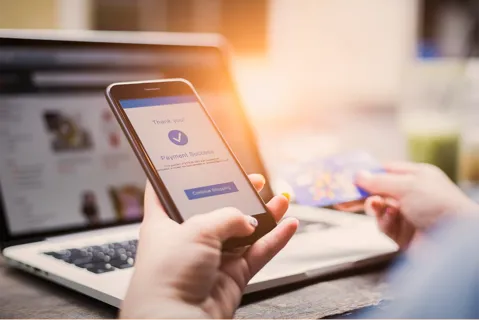
In the age of digital convenience, your smartphone acts as a one-stop shop for managing everything from communication to shopping – and crucially, banking. But while mobile banking apps offer unmatched ease and accessibility, they also open a door to significant security risks. If you're not careful, your phone could become your biggest financial liability.
Here’s a look at how your smartphone can compromise your banking security and, more importantly, what you can do to stay safe.
How your phone puts you at risk
Unsecured Wi-Fi connections
Public Wi-Fi is a hacker's playground. When you use your banking app over an unsecured network, your data including login credentials can easily be intercepted by cybercriminals.
Outdated software
Operating system and app updates often include security patches and fixes. That means using an outdated app or browser, or ignoring your phone’s automatic updates makes it easier for hackers to exploit known vulnerabilities.
Malicious apps
Not all apps are trustworthy. Some contain malware and once installed, they can access your sensitive information or track your activity.
Lack of device encryption
If your phone isn’t encrypted, you could be giving thieves or hackers easy access to your personal and financial data. Stolen or lost devices can easily be accessed – even if it’s locked.
Phishing and smishing
Phishing isn’t just limited to email. Fake texts known as ‘smishing’ can trick users into revealing login details or clicking on harmful links that install malware or other nasties.
6 tips for safe mobile banking
- Avoid public Wi-Fi or use a VPN – especially when doing your banking!
- Enable two-factor authentication (2FA) and biometric locks (fingerprint or facial recognition) for an extra layer of protection and always use complex passwords or passphrases. Set your phone to auto-lock after a short period of inactivity.
- Only install trusted apps from the official app stores (Google Play Store or Apple App Store).
- Update your phone when you get the update release notification or better yet, turn on automatic updates.
- Use features like ‘Find My iPhone’ or ‘Find My Device’ to remotely lock or erase your phone if it goes missing or is stolen.
- Be scam aware – never click on links in text messages or download files from emails. Always stop and think before entering your login or bank details anywhere.
Your smartphone is a powerful tool, but that power comes with responsibility. With mobile banking a staple of everyday life, cybercriminals are more motivated than ever to exploit lapses in smartphone security. By taking a few proactive steps, you can turn your phone from a liability into a secure banking companion.
Stay scam aware
We’ve seen a recent increase in phone porting scam incidents. This type of scam can leave victims without their phone service and vulnerable to identity theft and financial loss.
If your mobile service is suddenly disconnected or you receive a text message stating your number is being ported to a different network provider, act quickly and alert us as soon as possible so we can secure your BCU accounts. You should also then contact your network provider to reverse the port.
You may also be interested in:

Five tips to protect yourself from online shopping scams
Scams are constantly evolving, and even the most seasoned online shopper should review their online security before shopping up a storm.

Security
